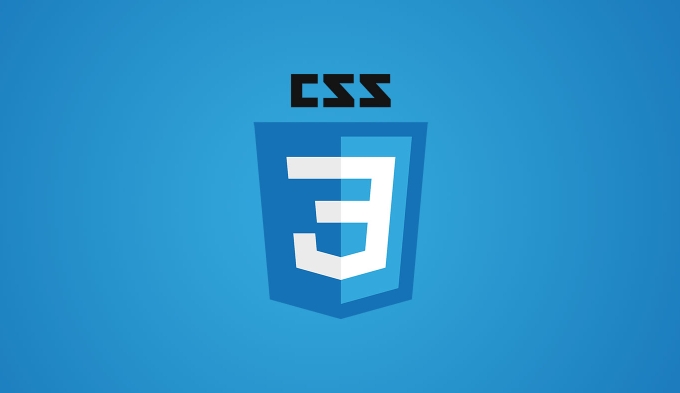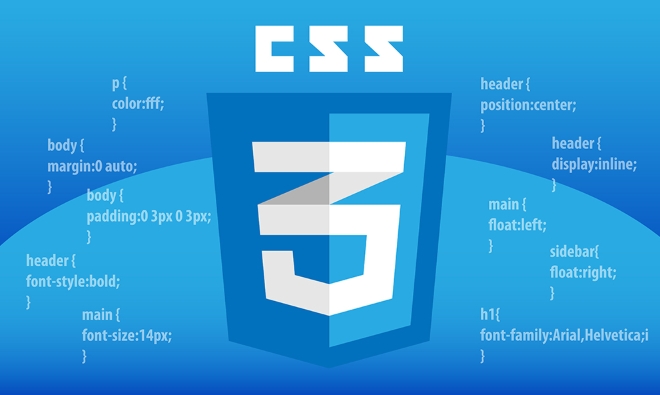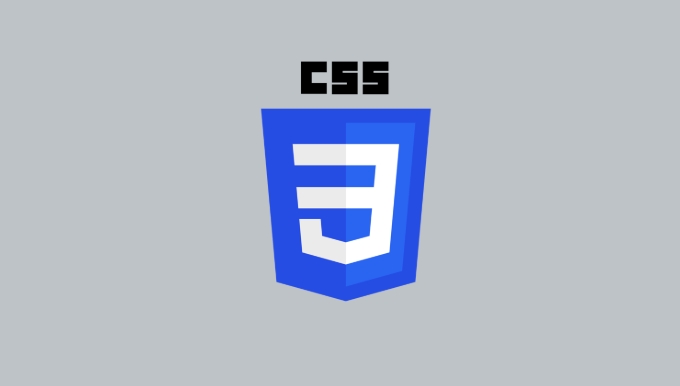object-fit and object-position can solve the problem of deformed and improper cropping of pictures or videos in web pages. 1. object-fit controls the filling method. Common values ??include fill (stretch fill), contain (keep the full display of proportion), cover (keep the proportion cover container), none (original size) and scale-down (suitable for dynamic content); 2. object-position controls the position of the crop area, and the syntax is similar to background-position, which can be used to specify visual focus; 3. Actual applications include mobile avatar cropping, card-style layout unified display, video embedding adaptation and other scenarios; 4. Pay attention to browser compatibility and test the effects of different proportions of pictures to ensure that key parts are not cropped. Mastering these two attributes can improve the performance control of media elements in different containers.

If you encounter problems with layout deformation and improper cropping when processing pictures or videos on a web page, it is likely that it is useless for object-fit and object-position . Although these two CSS attributes look inconspicuous, they can greatly improve the performance control of media elements in different containers.

object-fit: controls how media is filled
When you put an image into a container of fixed size, the image may be stretched or misaligned. At this time object-fit comes in handy.

It has several commonly used values:
-
fill: default value, fills the entire container, regardless of the scale, may be deformed -
contain: Keep scaled to ensure that the entire picture is displayed and the container may be white -
cover: Keep scaled to ensure that the entire container is covered and the image may be cropped -
none: original size, no zoom -
scale-down: similarcontain, but the smaller one shall prevail (suitable for dynamic content)
For example, if you put a horizontal picture in a 300x200 div, if you use object-fit: cover , the picture will be centered and cropped, which is suitable for the cover picture display; while using contain , the entire picture will be fully displayed in the box, which is suitable for the album preview scene.

object-position: controls the position of the crop area
When using object-fit: cover or none , the image may be cropped. So do you want to decide where to start laying? This is what object-position does.
Its syntax is similar to background-position, such as:
-
object-position: center;(default) -
object-position: top left; -
object-position: 50% 30%; -
object-position: 10px 20px;
If you have a close-up picture of a character that you want to always display with the face as the center, and even if the container scale changes, the head will not be cut off, you can use it in conjunction with object-fit: cover and object-position: center top .
This property is especially useful in responsive design, especially when it is necessary to emphasize a specific visual focus.
Practical application suggestions
In actual development, the following points are worth noting:
- Mobile avatar cropping : Use
cover positionto keep uploaded pictures always focused in the specified area. - Unified display of card-style layout pictures : set up a unified width and height container and
coverto ensure neat visuals. - Video Embedding Adaptation : Like pictures, the video tag can also use these two attributes to control the playback area.
- Pay attention to browser compatibility : mainstream modern browsers support it, but the old version of IE cannot.
In addition, don't forget to test the effect of images of different proportions in the container to avoid excessive blank spaces or critical parts being cropped.
Basically that's it. Mastering object-fit and object-position allows you to more flexibly control the performance of media elements in various layouts, and the code is also concise and clear.
The above is the detailed content of Mastering CSS Object-fit and Object-position for media. For more information, please follow other related articles on the PHP Chinese website!

Hot AI Tools

Undress AI Tool
Undress images for free

Undresser.AI Undress
AI-powered app for creating realistic nude photos

AI Clothes Remover
Online AI tool for removing clothes from photos.

Clothoff.io
AI clothes remover

Video Face Swap
Swap faces in any video effortlessly with our completely free AI face swap tool!

Hot Article

Hot Tools

Notepad++7.3.1
Easy-to-use and free code editor

SublimeText3 Chinese version
Chinese version, very easy to use

Zend Studio 13.0.1
Powerful PHP integrated development environment

Dreamweaver CS6
Visual web development tools

SublimeText3 Mac version
God-level code editing software (SublimeText3)

Hot Topics
 How can I include CSS only on some pages?
Jun 11, 2025 am 12:01 AM
How can I include CSS only on some pages?
Jun 11, 2025 am 12:01 AM
There are three ways to selectively include CSS on a specific page: 1. Inline CSS, suitable for pages that are not frequently accessed or require unique styles; 2. Load external CSS files using JavaScript conditions, suitable for situations where flexibility is required; 3. Containment on the server side, suitable for scenarios using server-side languages. This approach can optimize website performance and maintainability, but requires balance of modularity and performance.
 Flexbox vs Grid: Understanding the Key Differences in CSS Layout
Jun 10, 2025 am 12:03 AM
Flexbox vs Grid: Understanding the Key Differences in CSS Layout
Jun 10, 2025 am 12:03 AM
Flexboxisidealforone-dimensionallayouts,whileGridsuitstwo-dimensional,complexlayouts.UseFlexboxforaligningitemsinasingleaxisandGridforprecisecontroloverrowsandcolumnsinintricatedesigns.
 Creating an Auto-Closing Notification With an HTML Popover
Jun 10, 2025 am 09:45 AM
Creating an Auto-Closing Notification With an HTML Popover
Jun 10, 2025 am 09:45 AM
The HTML popover attribute transforms elements into top-layer elements that can be opened and closed with a button or JavaScript. Popovers can be dismissed a number of ways, but there is no option to auto-close them. Preethi has a technique you can u
 What is 'render-blocking CSS'?
Jun 24, 2025 am 12:42 AM
What is 'render-blocking CSS'?
Jun 24, 2025 am 12:42 AM
CSS blocks page rendering because browsers view inline and external CSS as key resources by default, especially with imported stylesheets, header large amounts of inline CSS, and unoptimized media query styles. 1. Extract critical CSS and embed it into HTML; 2. Delay loading non-critical CSS through JavaScript; 3. Use media attributes to optimize loading such as print styles; 4. Compress and merge CSS to reduce requests. It is recommended to use tools to extract key CSS, combine rel="preload" asynchronous loading, and use media delayed loading reasonably to avoid excessive splitting and complex script control.
 How to use Lotties in Figma
Jun 14, 2025 am 10:17 AM
How to use Lotties in Figma
Jun 14, 2025 am 10:17 AM
In the following tutorial, I will show you how to create Lottie animations in Figma. We'll use two colorful designs to exmplify how you can animate in Figma, and then I'll show you how to go from Figma to Lottie animations. All you need is a free Fig
 Breaking Boundaries: Building a Tangram Puzzle With (S)CSS
Jun 13, 2025 am 11:33 AM
Breaking Boundaries: Building a Tangram Puzzle With (S)CSS
Jun 13, 2025 am 11:33 AM
We put it to the test and it turns out Sass can replace JavaScript, at least when it comes to low-level logic and puzzle behavior. With nothing but maps, mixins, functions, and a whole lot of math, we managed to bring our Tangram puzzle to life, no J
 External vs. Internal CSS: What's the Best Approach?
Jun 20, 2025 am 12:45 AM
External vs. Internal CSS: What's the Best Approach?
Jun 20, 2025 am 12:45 AM
ThebestapproachforCSSdependsontheproject'sspecificneeds.Forlargerprojects,externalCSSisbetterduetomaintainabilityandreusability;forsmallerprojectsorsingle-pageapplications,internalCSSmightbemoresuitable.It'scrucialtobalanceprojectsize,performanceneed
 Does my CSS must be on lower case?
Jun 19, 2025 am 12:29 AM
Does my CSS must be on lower case?
Jun 19, 2025 am 12:29 AM
No,CSSdoesnothavetobeinlowercase.However,usinglowercaseisrecommendedfor:1)Consistencyandreadability,2)Avoidingerrorsinrelatedtechnologies,3)Potentialperformancebenefits,and4)Improvedcollaborationwithinteams.






